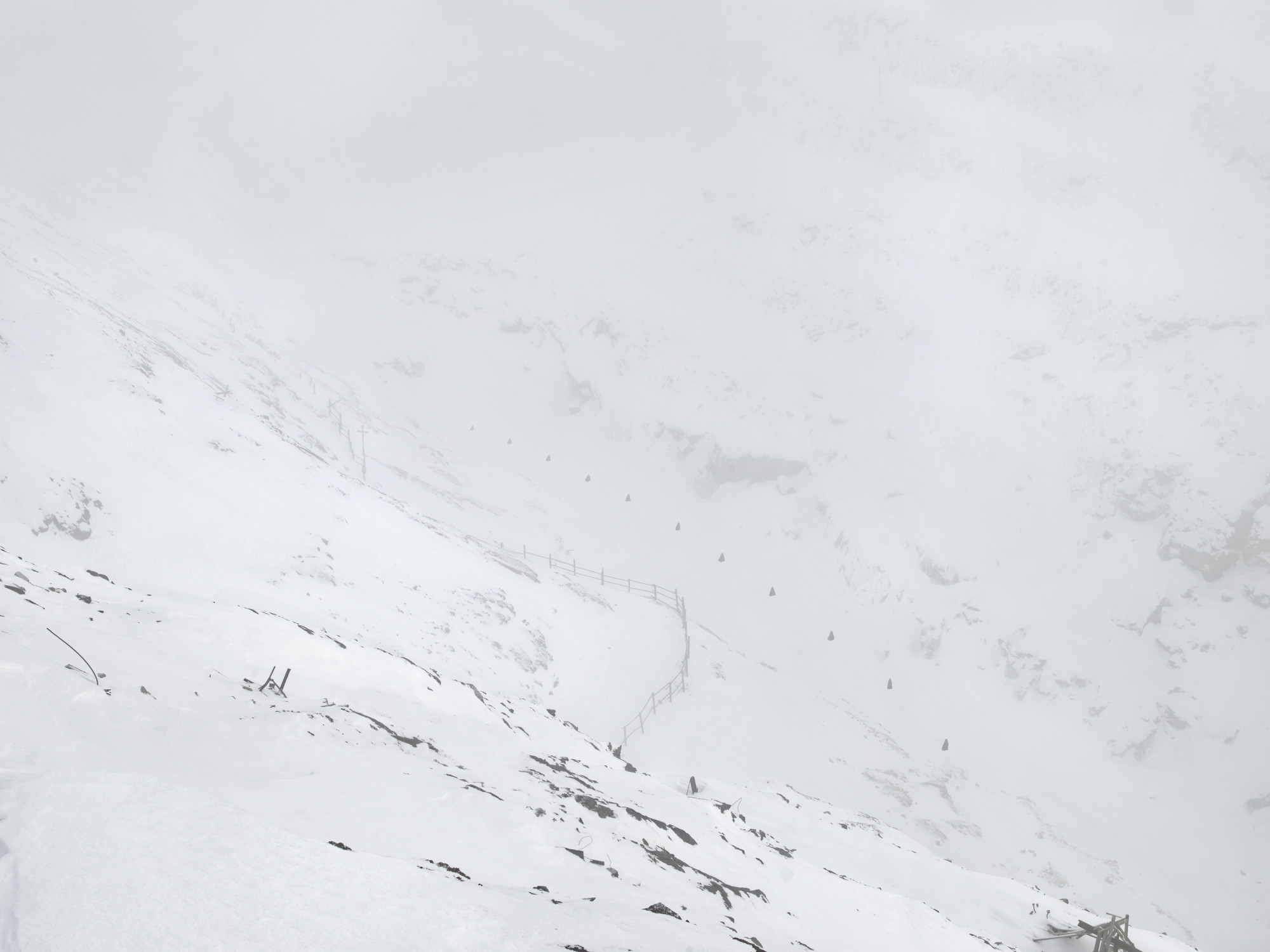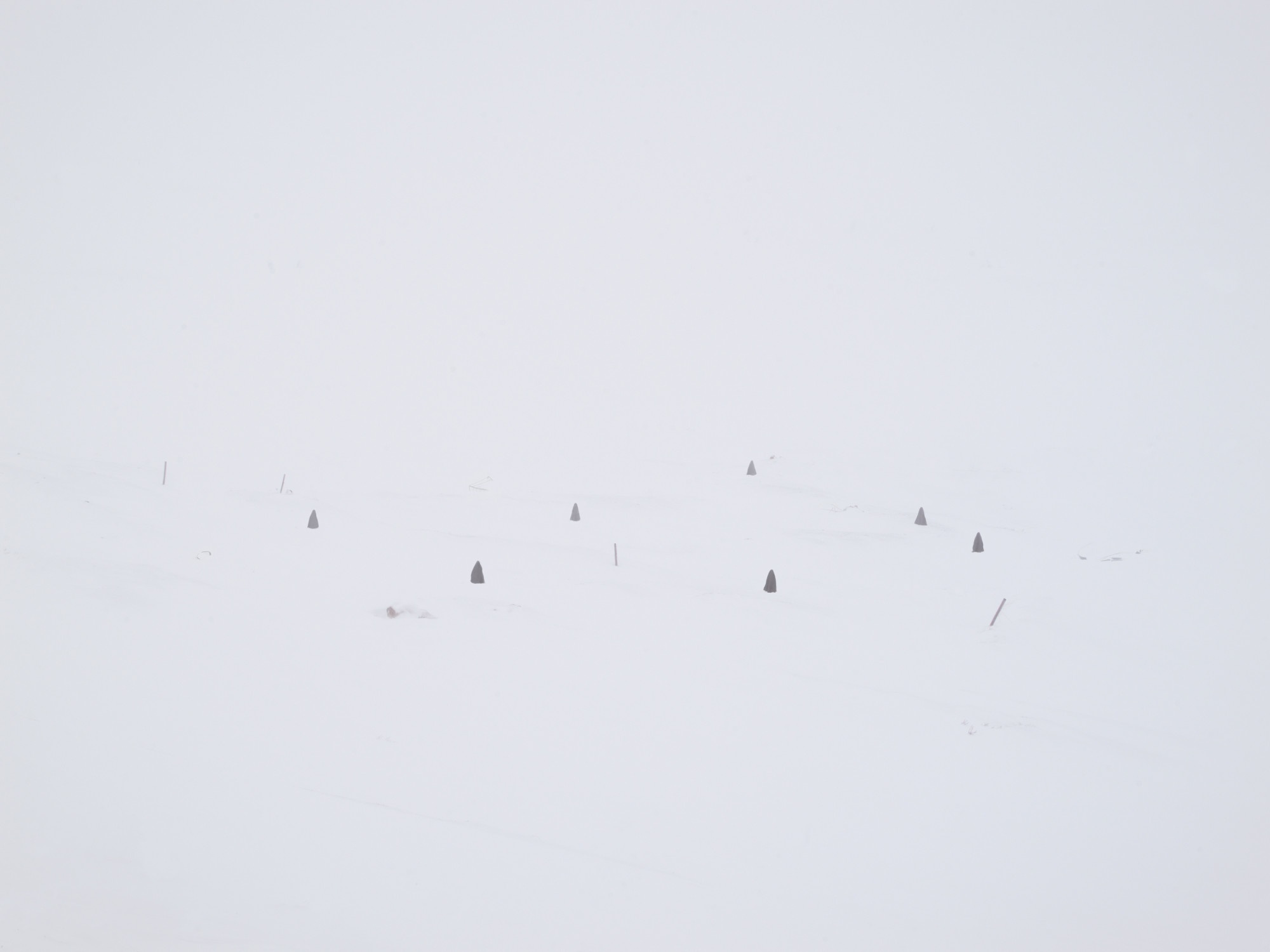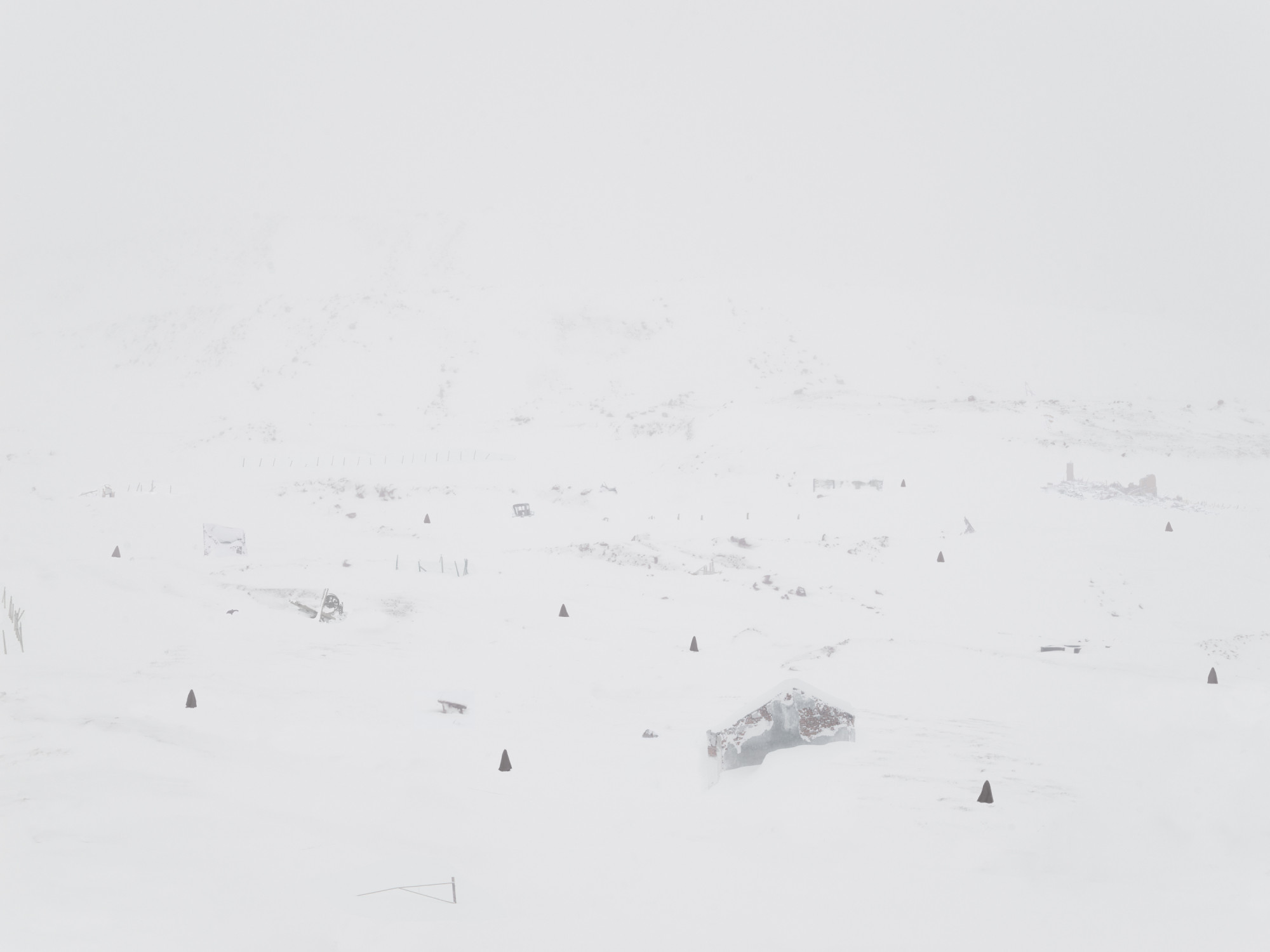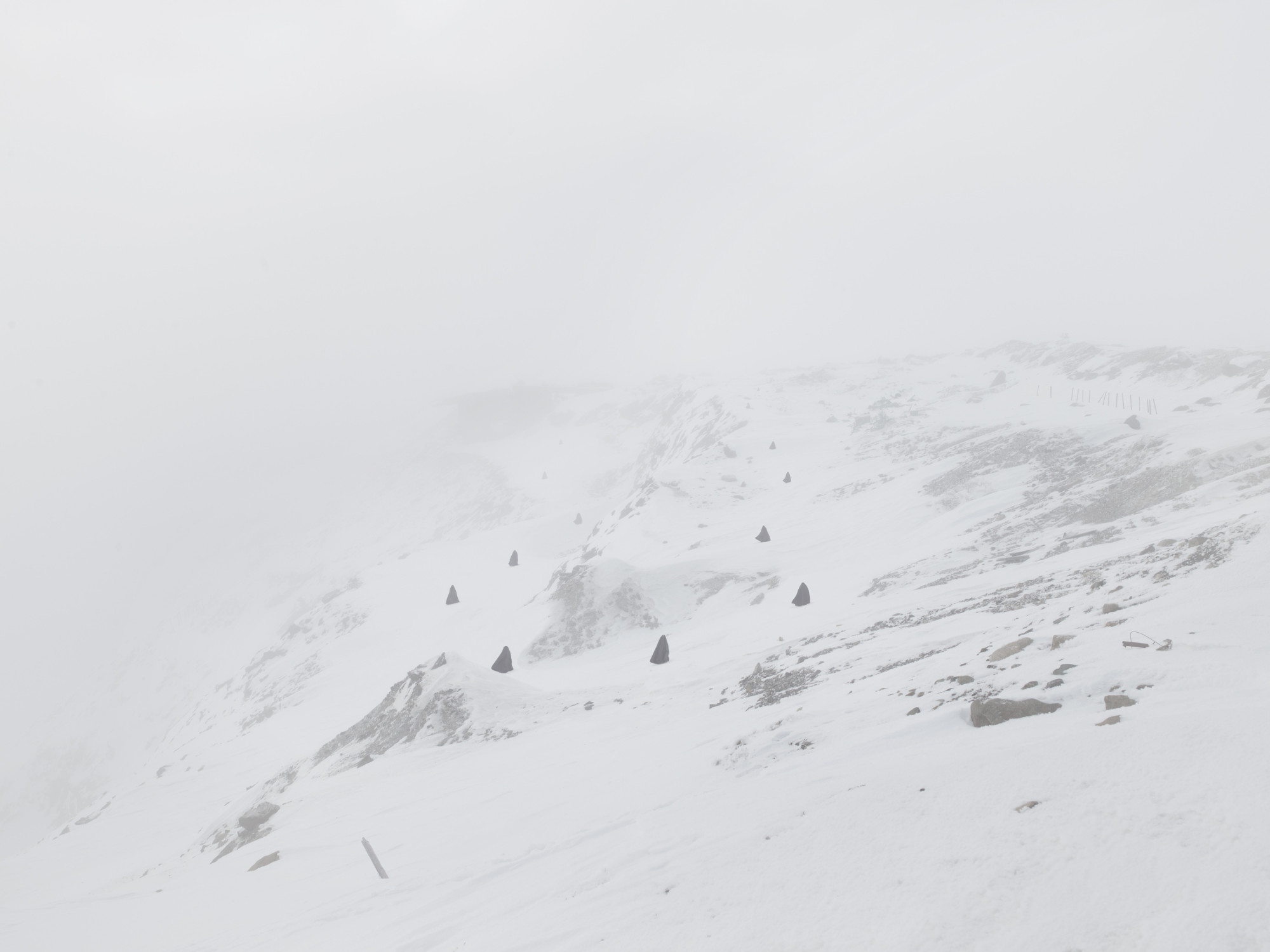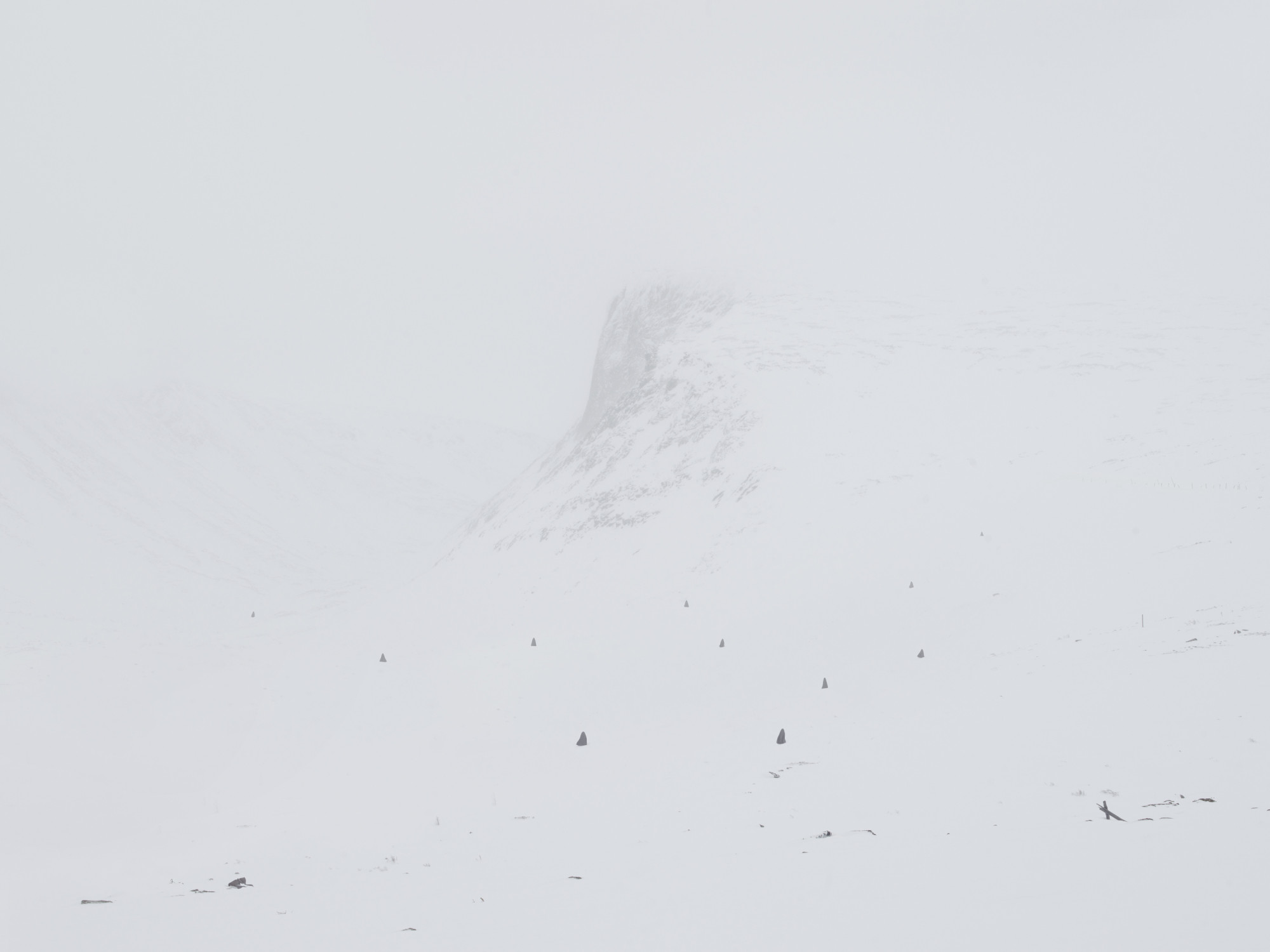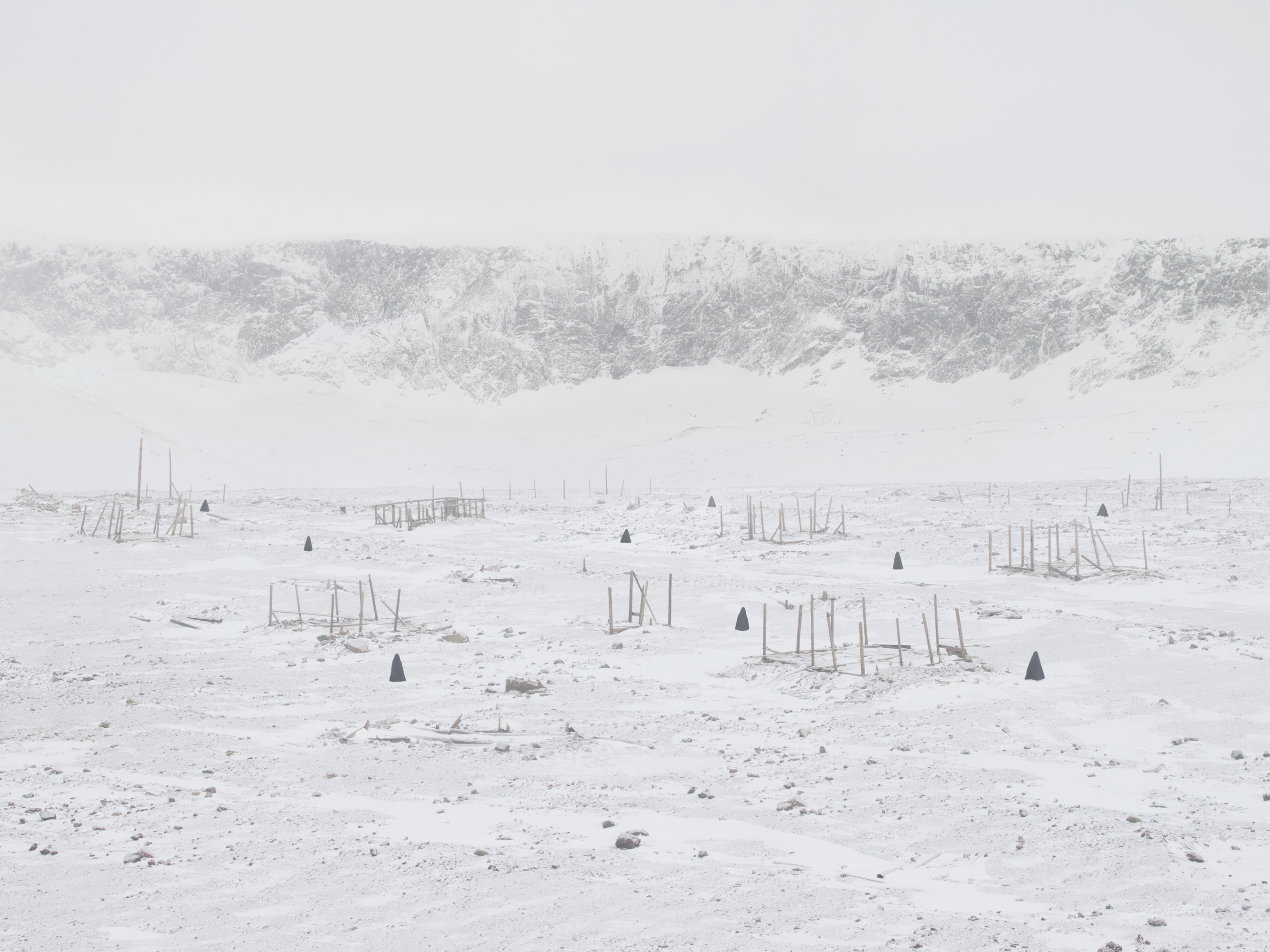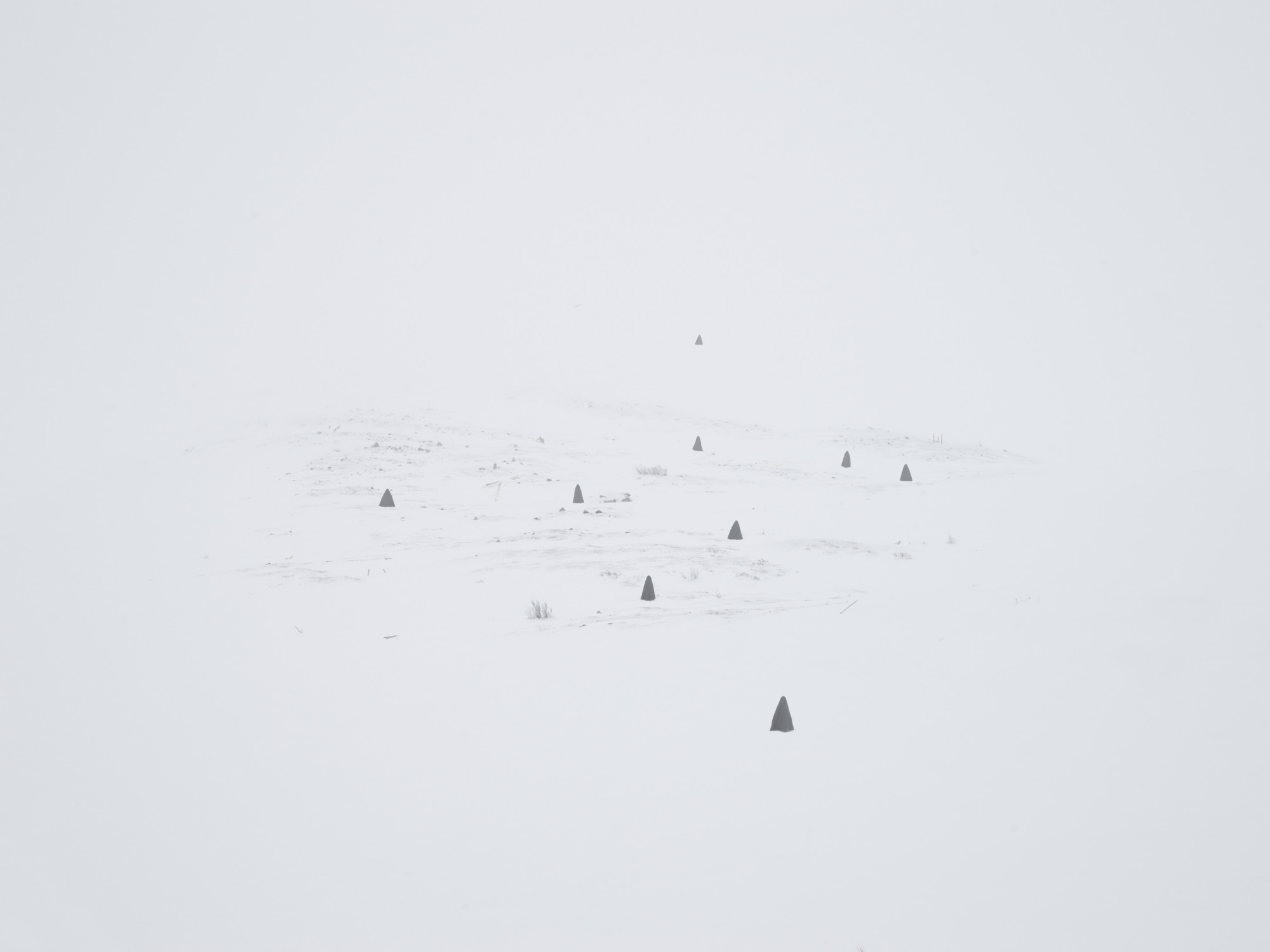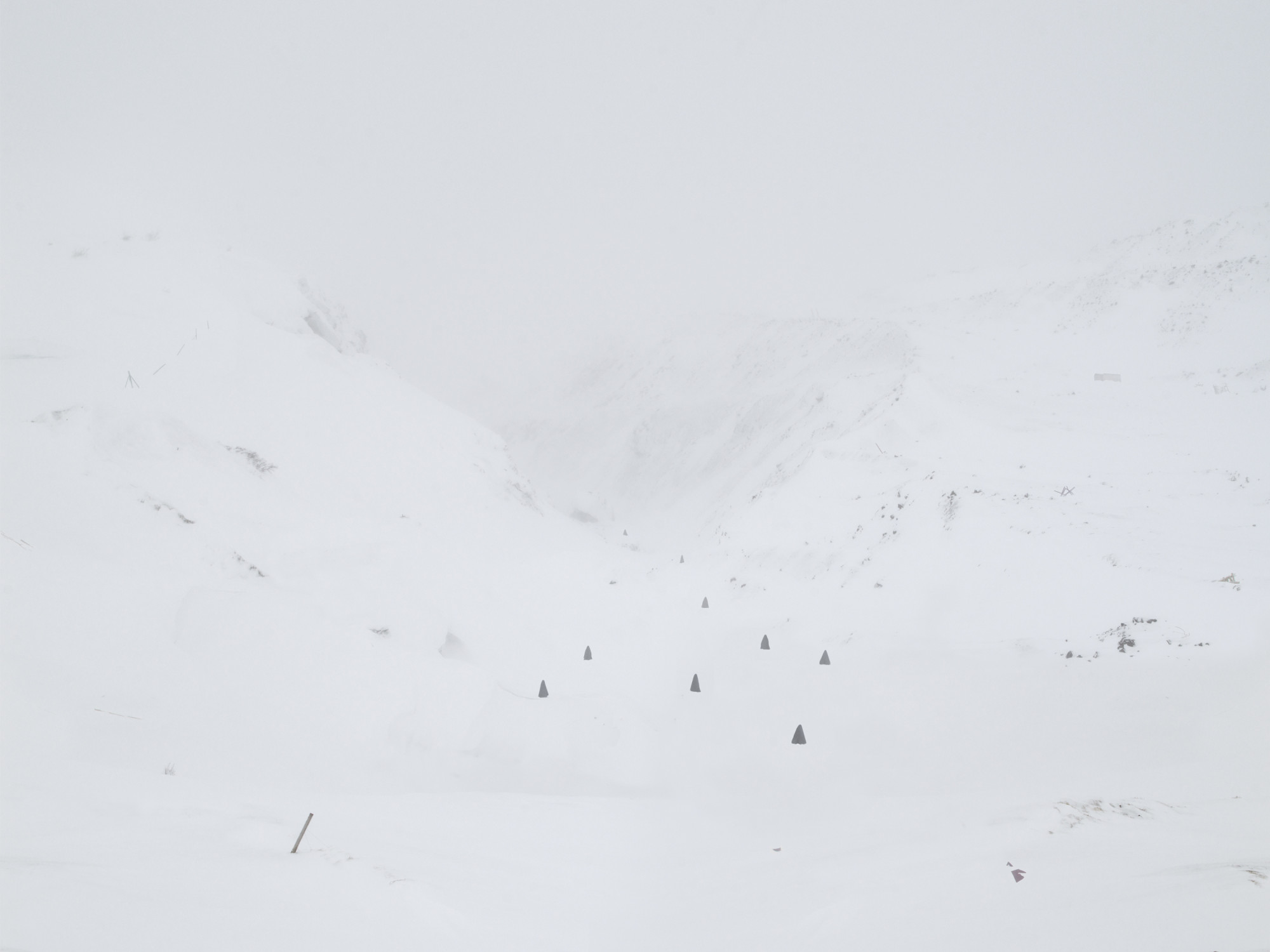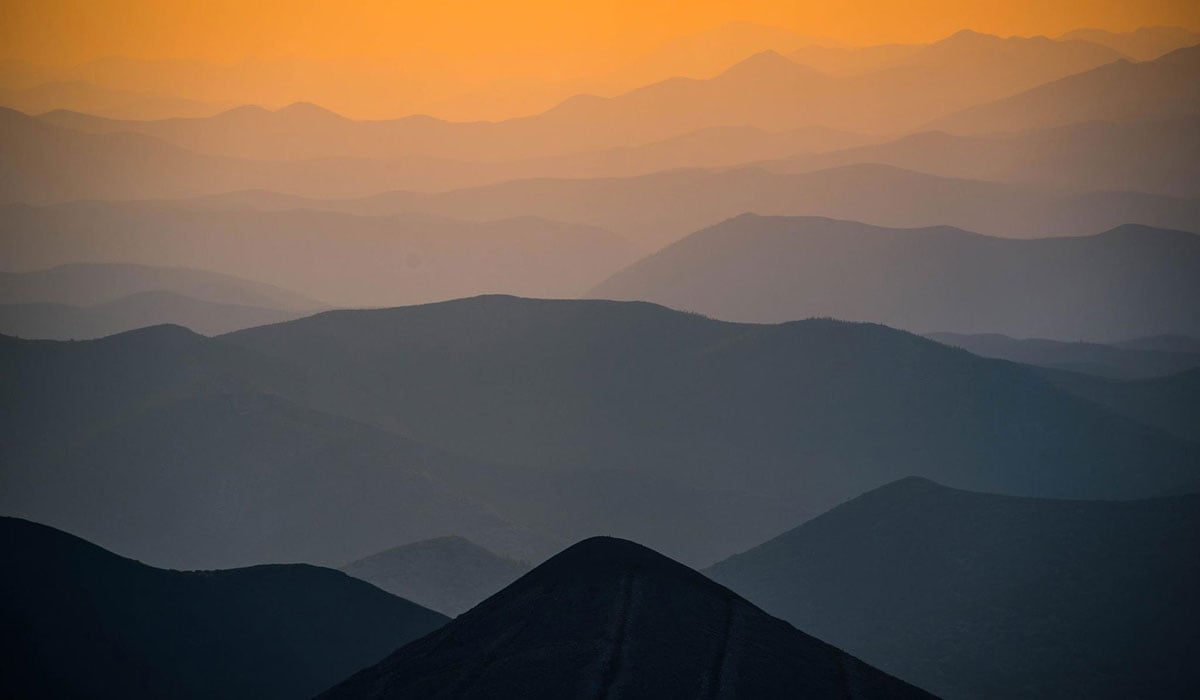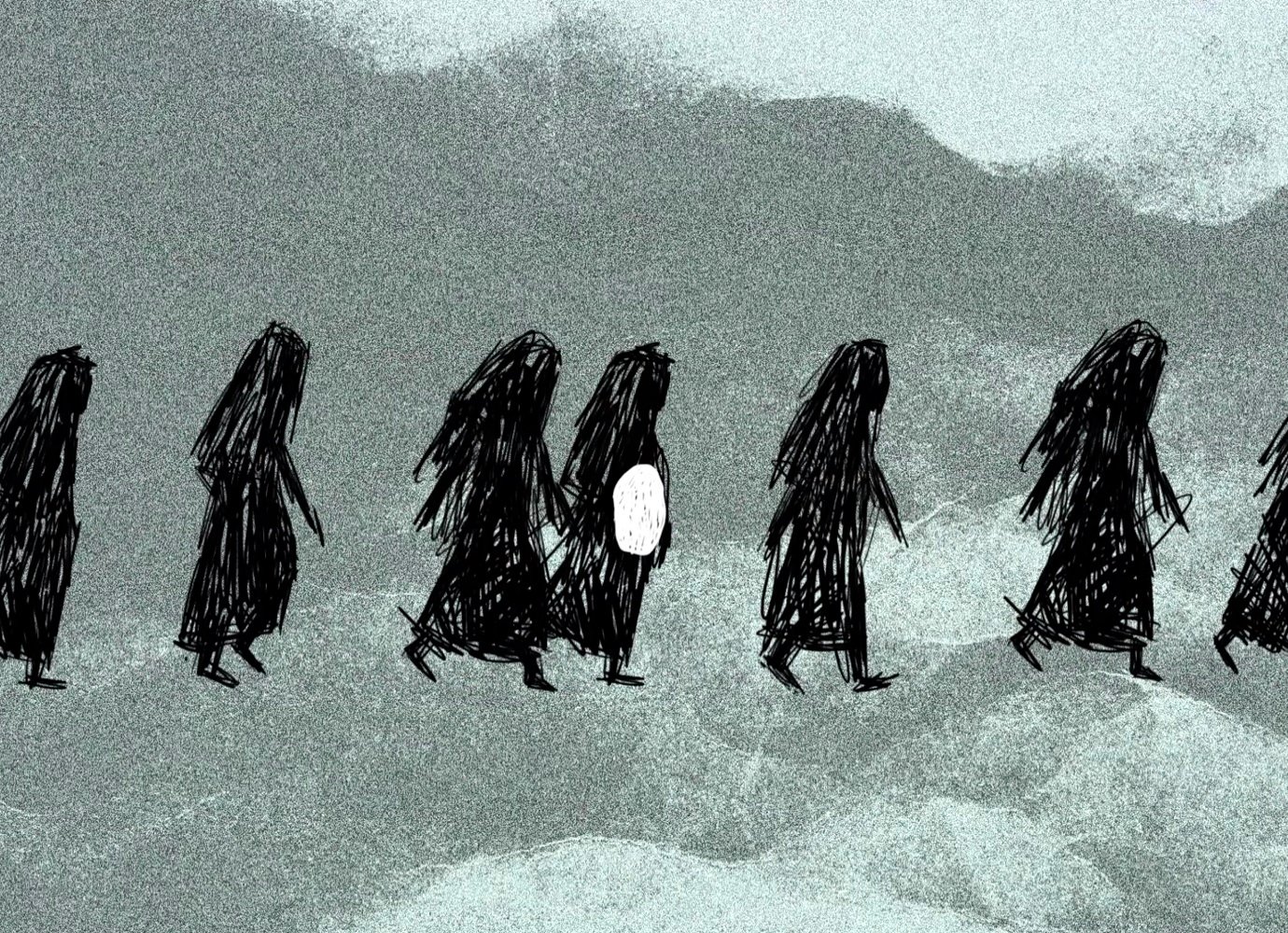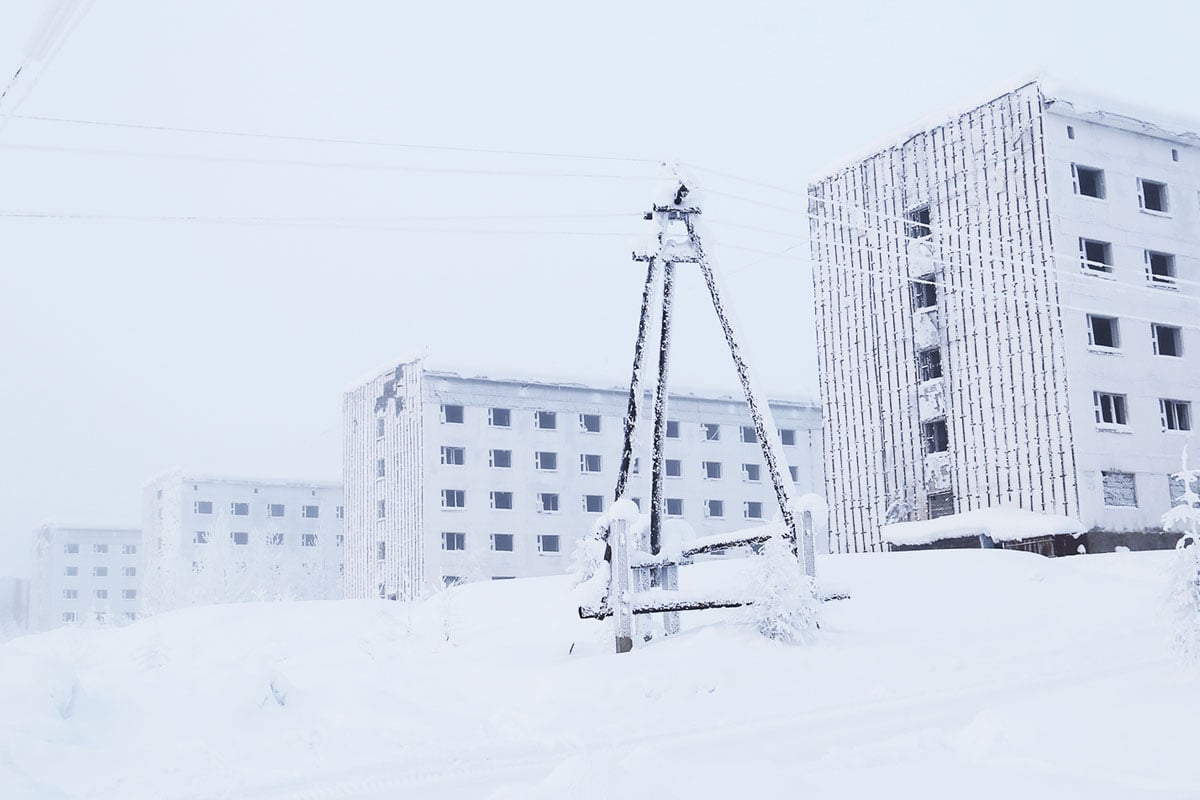Danila Tkachenko’s haunting visuals confront Russia’s collective denial of Gulag history
Every 30 October, Russians remember the victims of political repression. The memorial day was introduced in 1991, but despite the importance of the day, as Russian contemporary artist Danila Tkachenko points out, the horrific history behind it is not adequately discussed in the country. Working with the recurring themes of death, memory, and hauntology, for his latest project the lens-based artist traveled to Russia’s farthermost and coldest regions, once home to the largest Gulag camps, to draw parallels with the country’s daunting present.
Former Gulag survivor and author of Kolyma Stories, Variam Shalamov, once wrote: “The ability to forget is what makes a man happy.” Where is the fine line between forgetting and ignoring? Once forgotten, how can we as a society ensure that history doesn’t repeat itself? These were the questions that surfaced during Tkachenko research.
When it came to shooting the project, the artist’s biggest hurdle was that traces of the camps had all but disappeared, without any real memorials marking the sites. Instead, he faced snow storms and a white wilderness with its brutal silence. “It is saddening to see this emptiness because it reminds you that millions of people died in vain,” he adds.
To remember the Gulag victims, Tkachenko brought his own symbolic sculptures: mannequins which he’d assemble on the site of each former camp and cover with long black cloths.
Working in cold weather conditions was tough. The wind was relentless and “would take weeks to calm down”. During these breaks from shooting he spent his time talking with locals, most of whom had lost relatives to the repressions. “In Russia, every third family has a relative who served in the Gulag camps,” Tkachenko reveals. “After such a tragedy, it’s common for relatives to want to keep silent, steer clear of the topic, or even avoid the survivors in the family,” Tkachenko adds with regret.
Collective fear and denial comes as no surprise, particularly when the Russian state itself fails to recognise and publicly condemn the scale of the Soviet terror. The human rights group Memorial is one of the organisations delving into painful Soviet history. However, in 2020, the lead figure behind its Karelian unit, historian and activist Yury Dmitriev, was sentenced to 13 years in prison under a criminal conviction for sexual assault against a minor. Shortly after, Memorial put out a statement, suggesting the sentence was fabricated to halt Dmitriev’s research, calling the verdict “cruel, illegal, unlawful, and politically motivated.”
The exact numbers of the Gulag victims is unknown, varying somewhere between five to 30 millions. Tkachenko believes that this collective loss has still not been processed, and the stark whiteness of his photos acts a symbol of this erasure.
